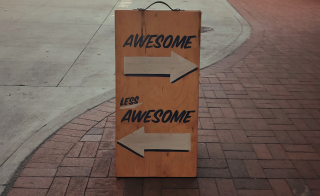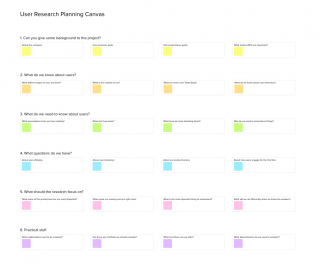
You know that feeling when your team brings you yet another disagreement or new drama? Before anything has been said, you feel the emotion and frustration. I used to dread these moments. I wanted to engage, solve problems, and help the team. But equally, I already had a lot on my plate, had my own whirlwind of emotions, and I needed to focus on running the business instead.
When I listened to the issues, I often found it hard to get to the bottom of the real issue. Everything felt personal, emotional, and urgent. Every disagreement seemed to need my intervention. One day, when one of my seniors said they couldn’t work with another senior anymore, I’d had enough. This was a business, not a playground, and I needed to find a solution.
I did a lot of reading and found a simple framework that changed everything. There are four ways to identify any conflict at work: Task, Process, Status, and Relationship. This made a lot of sense to me.
I shared these conflict types with the team and asked them to come to me only when they had taken a step back and tried to identify their issue. I also asked them to consider at least one solution. Here’s a breakdown of the four categories in more detail:
Task Conflict
Is this a disagreement about what needs to be done?
Think of these as the “what” disagreements. These tend to occur when people care deeply about the work itself. Two brilliant people, both passionate about quality but seeing it through different lenses. I noticed these conflicts often sparked during planning phases.
Key things to understand:
- Often start as healthy debates about creative direction
- Show up most visibly between different disciplines (like design vs dev)
- Usually signal passion and care for quality work
- Can lead to better solutions when handled well
Process Conflict
Is this a concern about how the tasks should to be done?
These sneak up on you, appearing as simple disagreements about ‘how we do things’. When someone’s frustrated about project sign-off processes, they might actually be feeling undervalued or out of the loop.
Key things to understand:
- Usually mask deeper issues about value and inclusion
- Come up around decision-making (“Shouldn’t we all discuss this?”)
- Often hide status or relationship issues underneath
- May need careful unpacking to find the real concern
Status Conflict
Is it about who gets to make the decision?
In creative agencies, these can be particularly thorny. They surface most visibly during project leadership discussions or when roles overlap. The telltale sign? Listen for phrases like “I should be leading this” or watch for people bypassing agreed processes to make decisions.
Key things to understand:
- Common in flat agency structures
- Can surface around who “owns” client relationships
- Show up when roles overlap or aren’t clearly defined
- Can derail projects if left unaddressed
Relationship Conflict
Is it a clash of personalities between team members?
We’ve all been there – when work disagreements feel personally charged. Interestingly, when you get everyone to identify the type of conflict, pure relationship conflicts are surprisingly rare. More often, they’re task or process conflicts that we’ve let simmer too long. Watch for when people stop talking about the work and start talking about each other.
Key insights:
- They’re rarely about personality
- This is most visible when people feel their competence is being questioned
- Often emerge after failed attempts to address other types of conflict properly
- Can actually strengthen relationships when handled well, creating more resilient teams
This simple reframe made a big difference
The shift was difficult at first. They didn’t want to have to do more work. I think they enjoyed a good rant. But after a few weeks of sticking to the process and sending people off to think more before coming back to me, I started to see a big change
“Sarah keeps changing everything at the last minute” became “We need to agree on our process for client feedback rounds.” “Tom’s impossible to work with” transformed into “We have different approaches to project planning.” They were bringing me issues I could quickly understand and act on. And I didn’t feel completely drained from all the emotions.
Even more importantly, this framework helped the team to rationalise and solve problems without me. When they did come to me, they brought potential solutions and could have objective discussions rather than moan fests.
For agency leaders, this approach is a game changer. It helps your team develop their problem-solving skills while giving you a clearer understanding when you do need to step in. Instead of being the constant referee, you become more of a strategic guide.
I’m not saying it’s going to solve all your problems. You’ll still get vague feedback and emotional blasts to deal with. But hopefully, they’ll be fewer.
Let me know how it goes!
Further reading:
- https://hbr.org/podcast/2015/11/4-types-of-conflict-and-how-to-manage-them
- https://www.youtube.com/watch?v=yxVTPcWPBbU&ab_channel=Crossbeam
- https://www.forbes.com/councils/forbescoachescouncil/2019/05/21/conflicted-about-conflict-four-steps-for-reaching-resolutions-at-work
- https://www.amazon.co.uk/HBR-Guide-Dealing-Conflict/dp/1633692159




